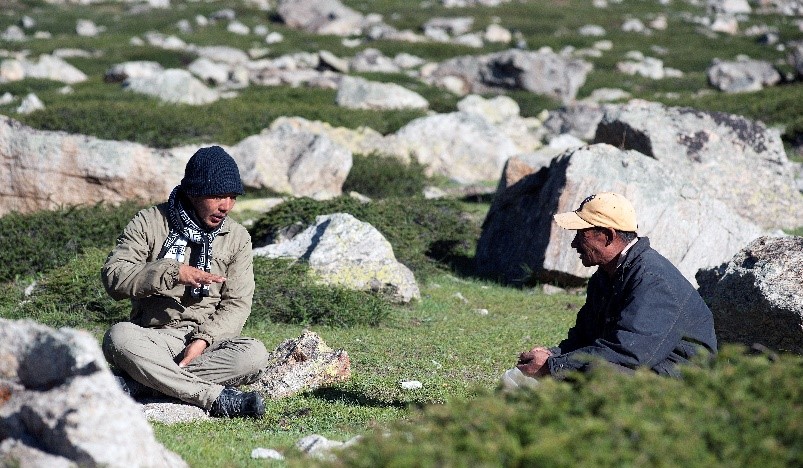Research
Human-snow leopard coexistence project in Annapurna Conservation Area
Country coordinator and Co-PI

Large carnivores play an irreplaceable ecological role but their biological traits make them particularly prone to extirpation and, hence, priority species for conservation. In declining populations of the snow leopard, both loss of wild prey and illegal killing to prevent or retaliate livestock depredation are regarded as major threats. However, the main drivers of livestock depredation by snow leopards remain unclear today and it is insufficiently studied how conflicts can be prevented.
This project deals with causes of livestock depredation by snow leopards ( Panthera uncia) and suitable mitigation measures. We will address the role of wild prey availability on human-snow leopard conflicts by assessing abundance of two main wild prey species using various wildlife monitoring methods and by conducting questionnaire surveys with local livestock owners to obtain data on livestock abundance and livestock protection measures. The project will yield suitable management and husbandry measures to prevent livestock depredation by snow leopards and retaliatory killing of this large carnivore. Our conservation implications are intended to benefit long-term co-existence between local people and the threatened snow leopard in the Nepali highland and within the species' entire range.
Funding: University of Gottingen
